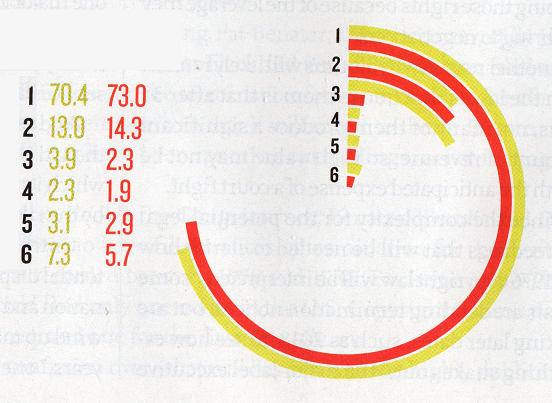As an analyst, you are obviously aware of the power of data analysis. You know that the application of appropriate analysis techniques to a well-constructed, meaningful dataset can reveal a great deal of useful information—information that can lead to new opportunities, improvements in efficiency, reductions in costs, and other advantages. While many organizations have adopted analytics on a wide scale, several others still employ it only in certain areas, and some (believe it or not!) rarely use it at all. If you’re like me, you often get excited thinking about new ways of applying analytics in your organization, and are eager to share your excitement with people you think would benefit. This puts you in the role of being a “champion” for analytics in your company—an evangelist preaching the gospel of how data can be used to solve widespread problems. And you want to convert everyone!
Don’t be surprised, however, if others don’t respond in kind. Depending on a person’s background, they may not understand what analytics is, in which case they simply can’t know of its benefits (until you tell them, that is!). If they do have some degree of understanding of it—at least in principle—they may believe that there is no use for analytics in what they do, or they may be intimidated by what they perceive is a highly complex, incredibly arcane set of algorithms that in no way relates to their daily work. Regardless of the reason, such a response can quickly kill your enthusiasm, which is not only frustrating for you but also detrimental to the organization.
When this happens, you may need to find a better project, or you may just need to build some trust with someone so that they understand that you are there to help them. Following are four actions you can take to overcome objections and thus increase your effectiveness as a champion of analytics in your company:
1. Focus on the person’s greatest challenges and most burdensome tasks. Everyone has something about their job that is a source of frustration, no matter how much they love what they do. For the person you’re working with, a meaningful application of analytics is one that relieves his or her frustration or minimizes it as much as possible. As long as the application is also important to the overall business, this is a great way to begin to show someone the true value of analytics. It’s also a good idea to start small and then work your way up to bigger projects later, so that you’re not overwhelmed and thus don’t run the risk of not being able to deliver.
2. Incorporate their knowledge and expertise. You may be an expert on the application of analytics, but you are most likely not the expert on every functional area of your organization—not even the CEO can make that claim! Therefore, you must rely on the wisdom of others to help you understand all of the intricacies that cannot be contained within a dataset, including any legal, ethical or other considerations that must be taken into account. What’s more, you are demonstrating respect for their specific knowledge, which will help build trust and make them more eager to work with you.
3. Learn to speak their language. Being able to understand and communicate in the nomenclature used by the people you’re working with will demonstrate that you are willing to meet them on their terms. It’s not a two-way street, however: avoid using analytical and statistical terminology as much as possible. If necessary, practice finding ways to explain difficult or complex concepts in an easy-to-understand manner (metaphors often work well for this!).
4. Publicize your victories—and share the credit! Once you have successfully completed a project, be sure to tell your boss. Ask him or her to spread the word throughout the organization and externally if possible, but make absolutely sure that the credit is shared with those you collaborated with and assisted you in the project. This will help build attention to the power of analytics within the organization, as well as make those people you’ve just worked with feel rightfully appreciated and respected.
If you look closely at these four recommendations, you’ll notice they all have one thing in common: they put the focus on what you can do to help others. Whether you follow these specific tips or not, as long as you promote the use of analytics as a service that can help a person solve a problem that is important to them, you will go a long way toward fostering a positive attitude toward analytics throughout your organization.

